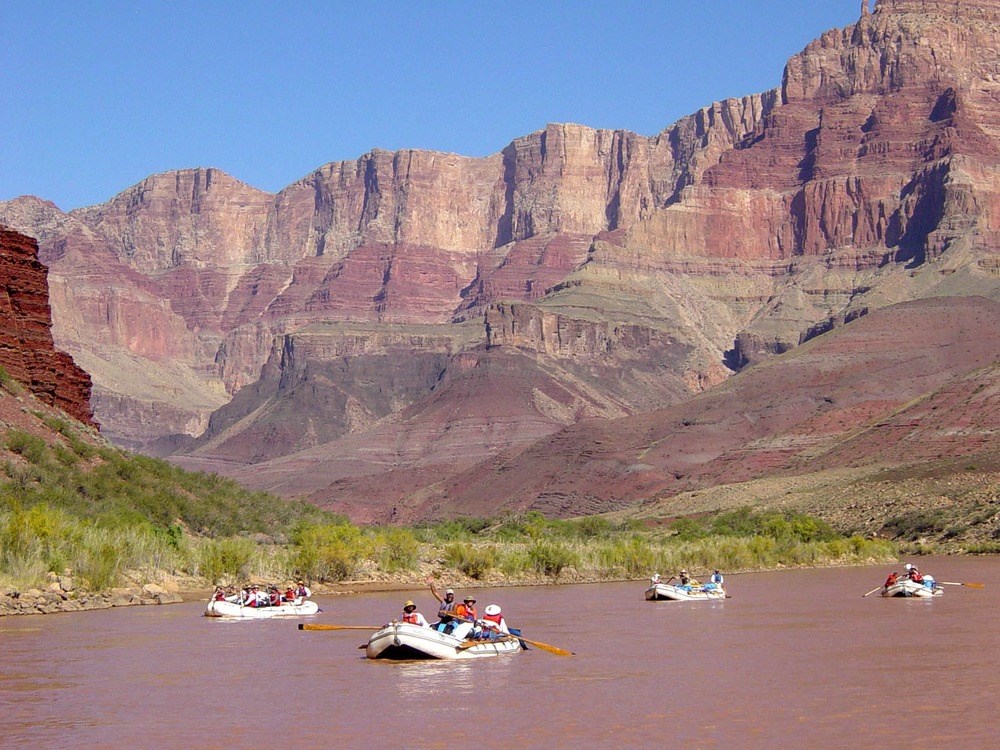Part of a series of articles titled Crystal Clear: A Call to Action.
Article
Crystal Clear: Implementing High-Flow Protocol for Nourishment of Beaches

NPS Photo
Background
The protocol builds on a wealth of scientific knowledge gained from more than 16 years of extensive scientific research, experimentation, and analysis, including analysis of a series of previous high-flow experimental releases in 1996, 2004, and 2008. The protocol is intended to provide additional data essential to inform and refine future management decisions for the management of the Colorado River through 2020. This experiment will help scientists and managers better understand whether multiple higher flows created by releasing water from Glen Canyon Dam can be used to rebuild eroded beaches downstream. The Colorado River sandbars within the Grand Canyon provide habitat for wildlife, serve as camping beaches for recreationists, and supply sand needed to protect archaeological sites. High flows may also create backwater areas used by young native fishes, particularly the endangered humpback chub.Results
During the HFE on Sunday, November 18, the flow increased from 9,000 cfs by 1,500 cfs per hour for 22 hours, until it reached the peak release flow of approximately 42,000 cfs. The increasing flows reached downstream locations at different times: flows arrived at Phantom Ranch (River Mile 87) about 16 hours after release from Glen Canyon Dam and at Pearce Ferry (River Mile 279) almost two days after release. The peak release continued for 24 hours. Then flows were decreased at a rate of 200 cfs per hour to 31,300 cfs, then continued decreasing at 1,000 and 1,500 cfs per hour until a base release of 9,000 cfs was reached. The duration of the experiment from beginning to end was approximately five days. Though the HFE was completed as of November 22, 2012, results and monitoring are ongoing. The preliminary results of the project include: • A majority of photographed sandbars increased in area. • All sandbar sites between River Mile 0 and River Mile 32 increased. • Downstream from River Mile 32, there was approximately an even proportional split between noticeable gain and no change in sandbars. A few sites had noticeable losses.Last updated: November 8, 2018
